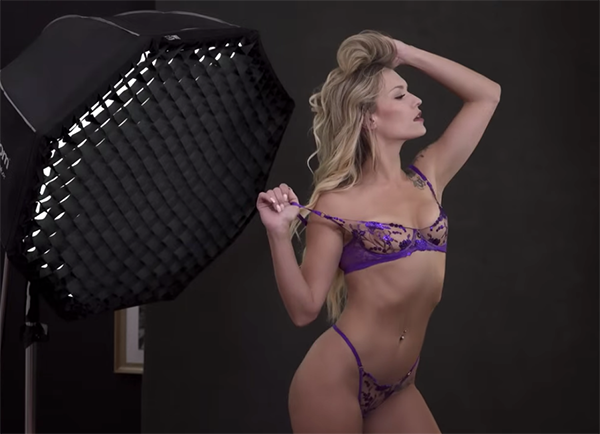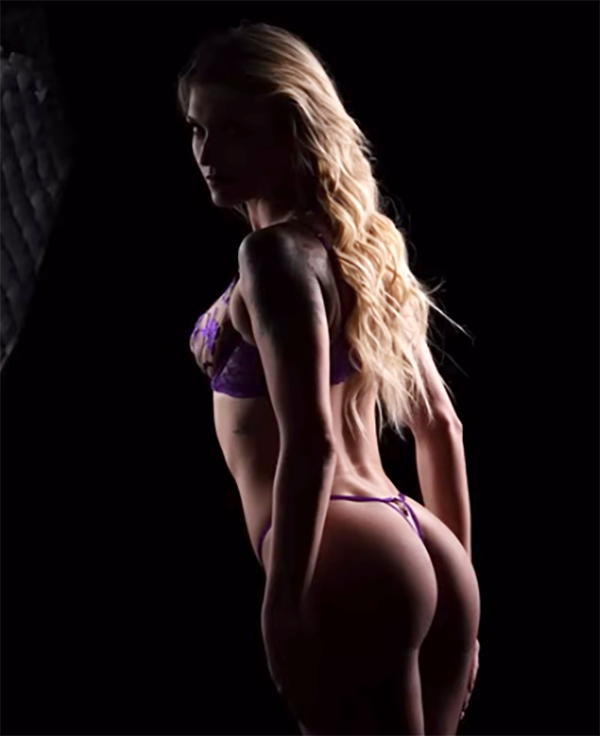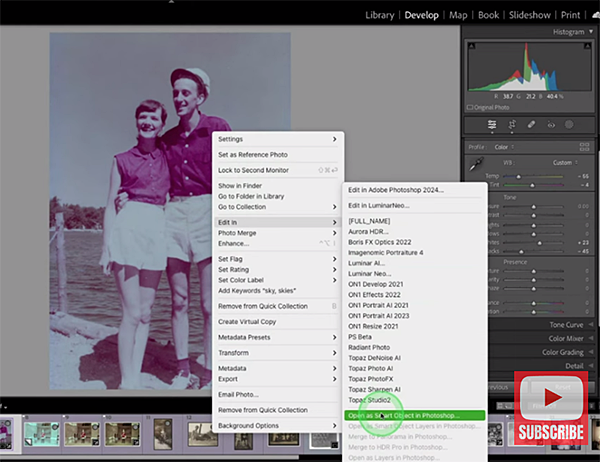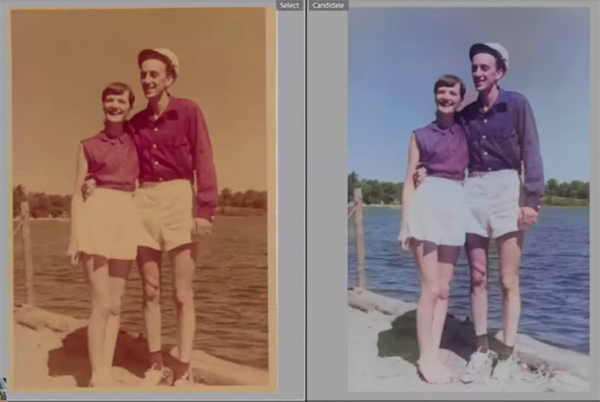How to Shoot Low-Key Boudoir Photos with a Dramatic Moody Look (VIDEO)
Last month we featured a beginners guide to boudoir photography without flash—using nothing more that window light and a simple backdrop or plain white wall. Instructor Yuliya Panchenko is back with another tutorial today for creating a totally different look that really grabs attention.
Panchenko is an Orlando-based boudoir specialist whose popular YouTube channel is dedicated to straightforward tutorials for photographers who are inexperienced with this unique genre of portraiture. In today’s 12-minute episode she collaborates with stunning model Scarlet Begonias to teach you the secrets of employing low-key lighting to create dramatic images that accentuate the female form.
She describes the concept like this: “Low-key lighting is a style with enhanced shadows and contrast that adds drama and mystery to images.” This a compelling technique, especially for boudoir sessions, because it helps define and accentuate the subject’s most enticing physical attributes (and hide others she doesn’t want on display)

Be sure to keep in mind that much of what you’ll learn also applies to making conventional portraits that stand out from the crowd. Panchenko covers a variety of topics, including camera settings, posing tips, and how to direct an inexperienced model to achieve flattering, intimate portraits.
This particular technique does rely upon a minimum of supplemental illumination and Panchenko provides two options for setting up a home “studio.” One relies upon a couple incandescent lamps and a single photography light, and the other throws a second studio light into the mix.
In basic terms the technique works like this: You’ll want to use a simple dark backdrop and eliminate ambient light from the room to avoid unwanted light spillover on the subject or background. Panchenko explains why she keeps ISO as low as possible, typically ISO 100-150, uses an aperture setting of f/11, with a shutter speed of 1/200.

Panchenko’s overall goal is to “only allow the specific highlights we want in our image to enter the camera.” And she walks you through all the necessary steps for controlling the illumination to get the job done to perfection.
After watching the lesson head over to Panchenko’s YouTube channel where you’ll find a wide variety of boudoir photography techniques, tips on working with models, gear recommendations, and much more.
And don’t forget to check out the very helpful boudoir photography beginners guide mentioned above.









